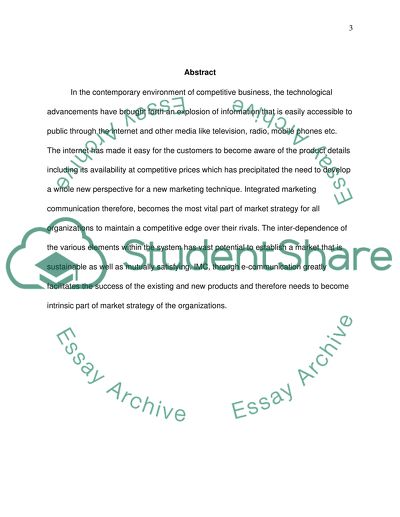Cite this document
(“Discussing the benefits of e-communications in integrated marketing Essay”, n.d.)
Discussing the benefits of e-communications in integrated marketing Essay. Retrieved from https://studentshare.org/miscellaneous/1559441-discussing-the-benefits-of-e-communications-in-integrated-marketing-communications
Discussing the benefits of e-communications in integrated marketing Essay. Retrieved from https://studentshare.org/miscellaneous/1559441-discussing-the-benefits-of-e-communications-in-integrated-marketing-communications
(Discussing the Benefits of E-Communications in Integrated Marketing Essay)
Discussing the Benefits of E-Communications in Integrated Marketing Essay. https://studentshare.org/miscellaneous/1559441-discussing-the-benefits-of-e-communications-in-integrated-marketing-communications.
Discussing the Benefits of E-Communications in Integrated Marketing Essay. https://studentshare.org/miscellaneous/1559441-discussing-the-benefits-of-e-communications-in-integrated-marketing-communications.
“Discussing the Benefits of E-Communications in Integrated Marketing Essay”, n.d. https://studentshare.org/miscellaneous/1559441-discussing-the-benefits-of-e-communications-in-integrated-marketing-communications.


